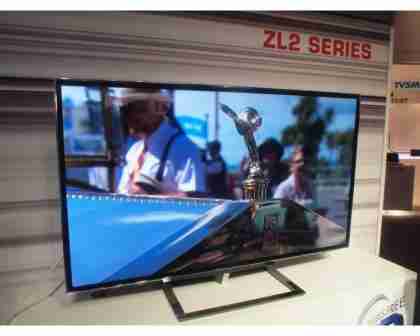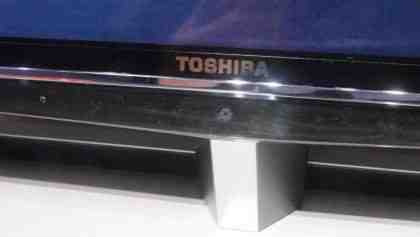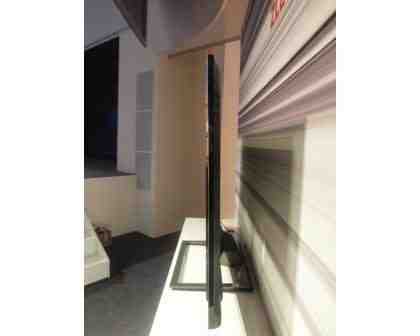Toshiba announces ZL2 - first glasses-free 3D TV for UK
Toshiba has been leading the charge for glasses-free 3D TV, with it talking up its technology earlier this year. The demonstrations showed plenty of potential then, but with Japan being the only country with a model announced, we wondered how long we'd have to wait for the technology in the UK.

Yesterday, Toshiba finally came good and announced the ZL2 range, which will be on sale in December. At present there's on one model, the 55in 55ZL2. The key specification here is the TVs hugely detailed panel, which has a 3,840x2,160 resolution - four times that of a standard HD TV, and the same resolution as most digital cinemas use.
In front of the panel is an incredibly complex layer of tiny lenses, which, in combination with the head tracking webcam below the screen, can provide 3D images to up to nine viewers simultaneously. The technology is too comple to describe in detail here, but the resulting perceived resolution is around 720p.

No demos were available on the finalised set, but we did try out a supposedly less refined model with mixed results. The 3D effect is certainly striking, but not as pronounced as that from active or passive 3D sets. It seems to deal well with small head motions, though we did occasoinally see some break-up of the image, with the edges of objects becoming a fine mess of coloured pixels.
Alternatively, the TV can straighten out the lens layer, and use the huge resolution as a standard TV. In this mode images look stunning, with the extra detail really apparent. Of course access to content at this resolution is rare to non-existent.
Toshiba's impressive CEVO engine upscaling can help sharpen and smooth lower resolution video, to take some advantage of the display with standard HD content. Although we didn't get to see this demoed.
The TV itself is very slender, with no design concessions necessary to add the 3D technology.

We're still not totally convinced by glasses-free 3D. We see it as a compromise technology, one that may not be as striking as glasses-on 3D, but one that you would use all the time, rather than once in a blue moon. Its success depends on how much 3D content is available to viewers, the more content to watch, the more that glasses-free will become essential.